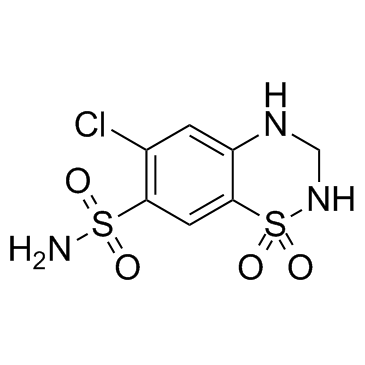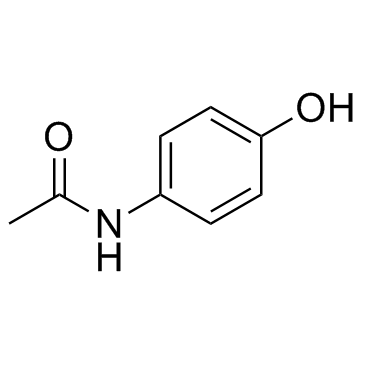| Structure | Name/CAS No. | Articles |
|---|---|---|
 |
Hydrochlorothiazide
CAS:58-93-5 |
|
 |
Salicylic acid
CAS:69-72-7 |
|
 |
4-Acetamidophenol
CAS:103-90-2 |
|
 |
Cimetidine
CAS:51481-61-9 |